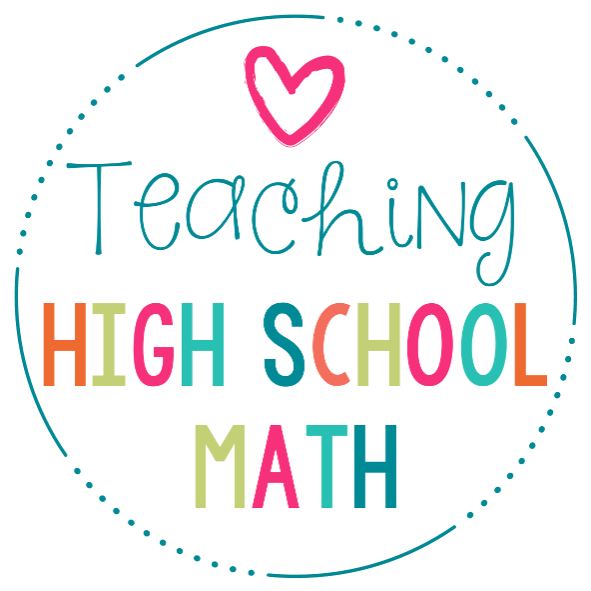There are lots of ways to put your students into groups.
1) You can let your students choose their own groups - not very effective with most classes, in my opinion. Although it is my favorite way to work in a group if I'm the one working in groups : )
I have a couple of ways that I am using to put my students in groups right now.
2) At the beginning of the year, I just randomly assign groups of 4 based on the seating chart. My classroom is arranged in the standard 6 rows, with 4 or 5 seats in each row. At the beginning of the year, I seat the students alphabetically, so the groups of 4 are made up of the students who sit closest together.
I change the students seat's each quarter, so their groups change. After the first quarter, I can arrange the groups so they are more helpful. For example, I try to put two girls and two boys in each group. I pick out the top 8 students and separate them one to each group. I do the same thing with the bottom eight. Then the middle groups are mixed together. It seems to help.
I like this arrangement because the students always know who they are working with. They can get into groups quickly. Also, I try to make a point of having them exchange phone numbers so they have someone to call if they miss class, or need help at home.
3) By the time the students are in AP, they kind of catch on to how you are making the groups, and you need to mix things up. They, even more than the younger kids, want to make their own groups. Everyone wants to be partner with whoever they consider to be the smartest kid in the class. I certainly don't want to make the groups because all of the students want me to put the "smartest" kid in their group.
Here is my favorite way of putting the AP students into partners.
I put the numbers from 1 to however many students we have in class on the board. I am careful with how I write the numbers on the board...I want to give myself options. When the students come into class, I tell them to write their name next to a number on the board. They don't know why they are doing it, and so that generates some excitement. After everyone writes their name on the board, I tell them who their partner is based on where their name is on the board. For example, if there are 24 students in the class, I put the numbers from 1 to 24 in 6 rows of 4. Then I assign the partners in a specific way. For example, the student at the top and the bottom of the row are partners and the middle two in the row are partners. Or, the student that is at the top of the row is partners with the student at the top of the next row (student #1 and student #4, student #7 and student #10, etc). Or finally, I could assign partners by saying the sum of their numbers must be 25. (student #1 and student #24, student #2 and student #23, etc.)
It's fun!

No comments:
Post a Comment